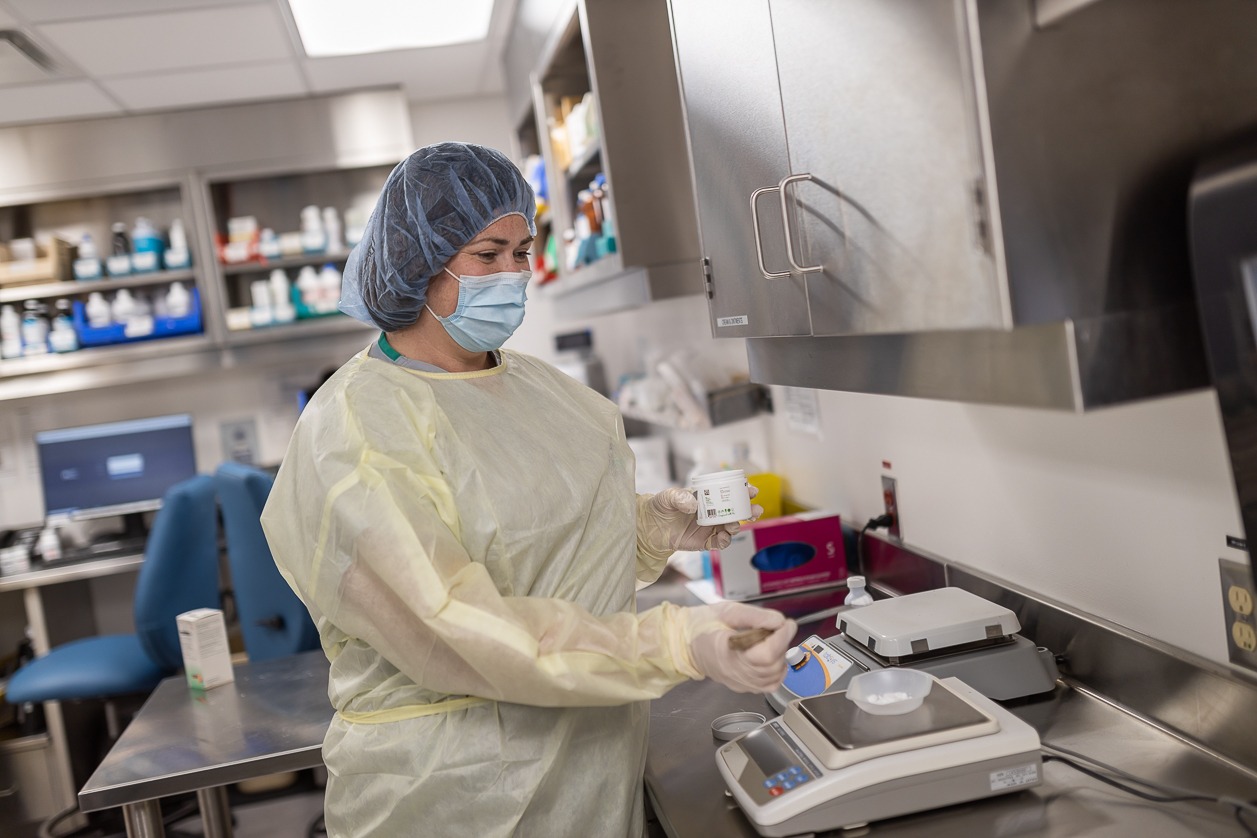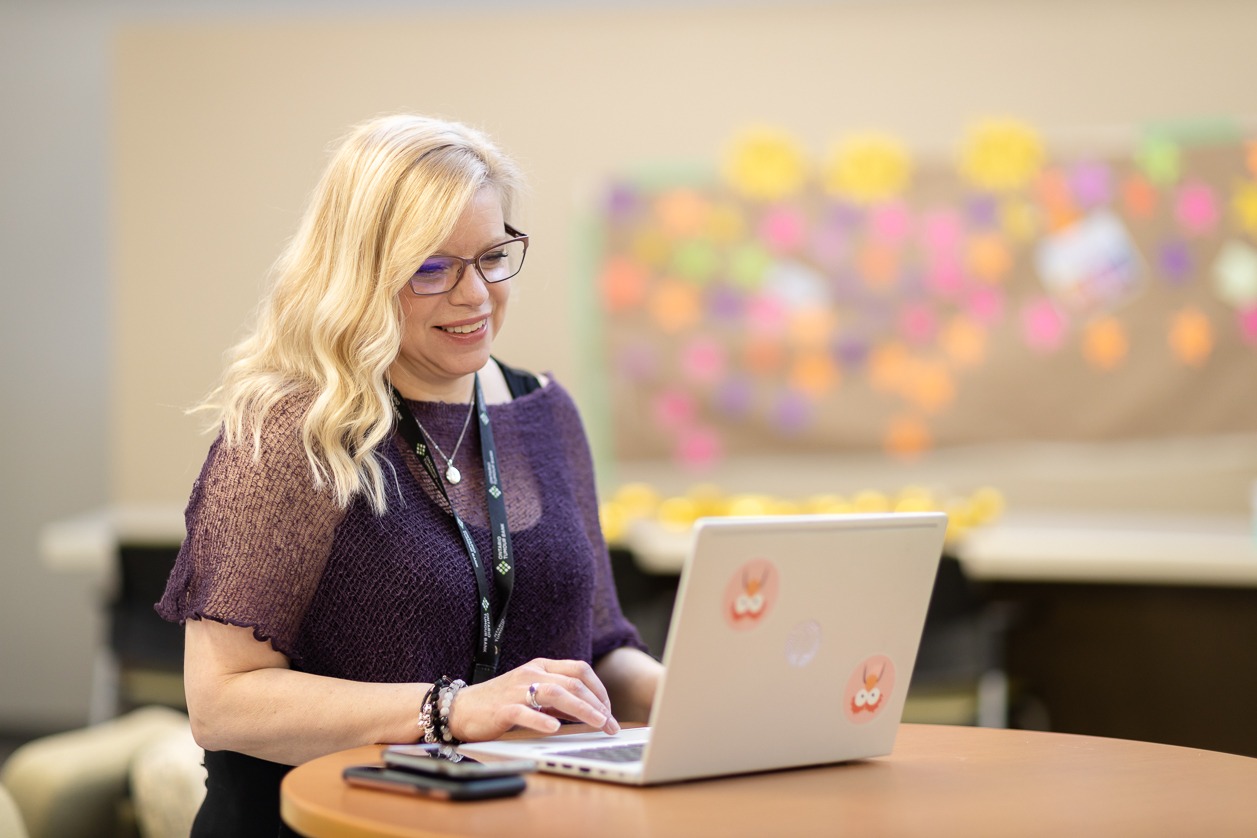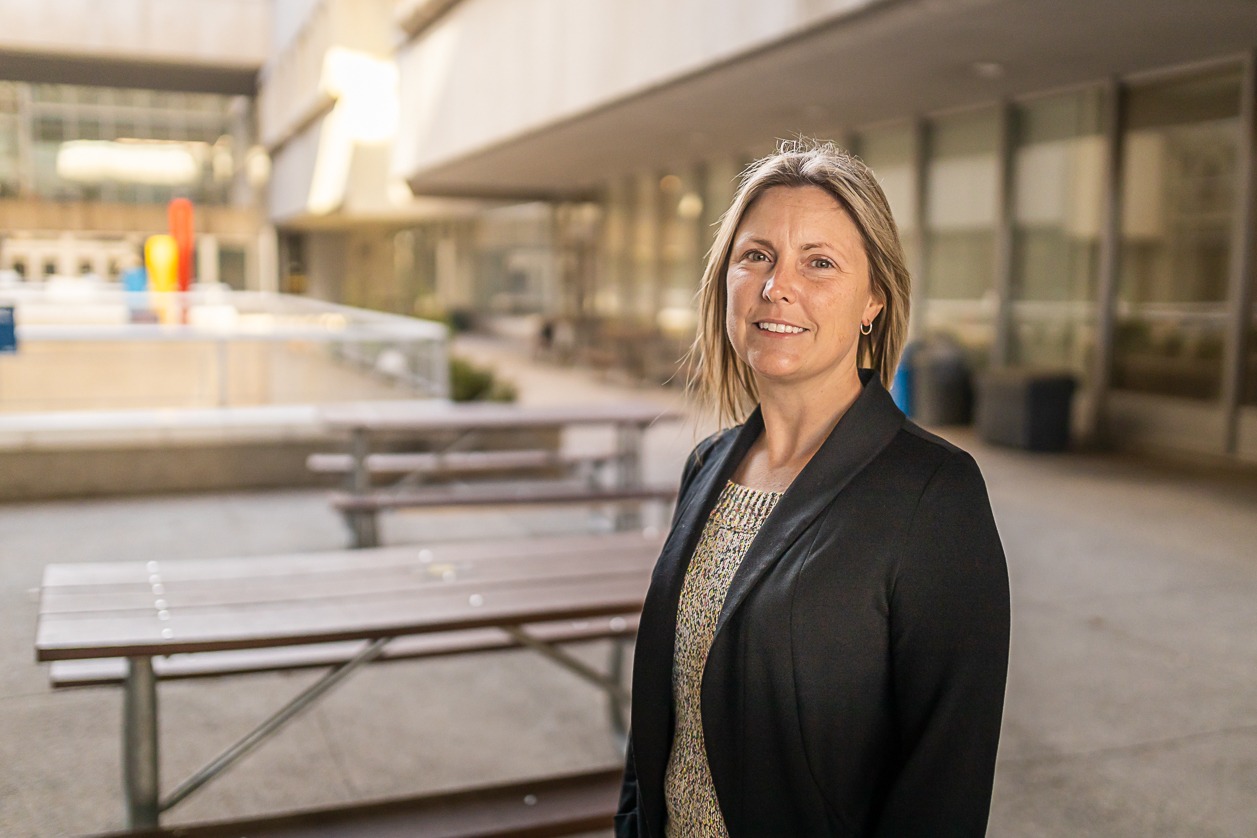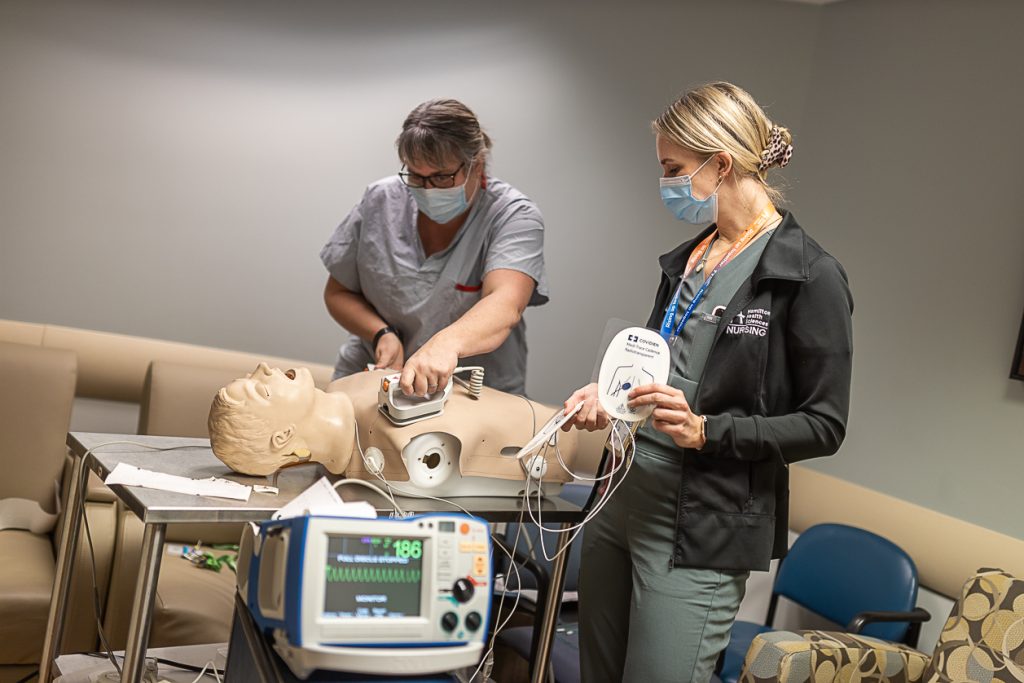
“The world is your oyster at HHS.”
Hamilton Health Sciences (HHS) is a community of 15,000 staff, physicians, researchers and volunteers that proudly serves south-western Ontario residents at several sites in Hamilton and Grimsby. Its sheer size and scope of specialties and services allows for a broad and fulfilling nursing career.
“Whatever your reasons are for being in health care, you can find a career path at HHS.”
HHS offers a continuum of care from prenatal to end-of-life and everything in between. It is a regional treatment centre for cancer, heart and stroke, trauma and pediatrics. It’s also an academic teaching hospital.
Nurses can work in a wide variety of settings, including emergent care, postoperative, critical care and outpatient clinics.
Find your career path at HHS
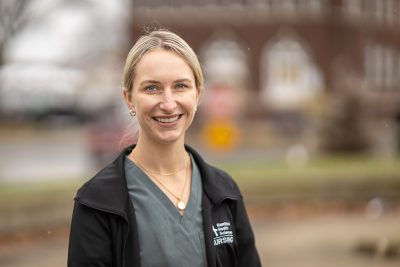
Sarah Johnson
“The world’s your oyster at HHS,” says Sarah Johnson, nurse clinician educator in the intensive care unit at Hamilton General Hospital (HGH).
“There are so many positions, leadership roles and areas of specialty and expertise you can explore,” she says.
“Whatever your reasons are for being in health care, you can find a career path at HHS. In nursing, there are incredible opportunities.”
Johnson grew up in Hamilton and then studied nursing at Queen’s University before returning to her hometown.
“I’m a big believer in the city of Hamilton,” she says. “It’s a great community that is unlike other cities. People are working together for change. There are great restaurants and night life, housing is more affordable and we’ve got a great waterfront and parks.”
Learn from talented leaders
Johnson started her career as a nurse in 2013 in the vascular step-down ward at HGH before moving to critical care in the intensive care unit, treating patients recovering from open-heart bypass surgery.
“There is so much expertise and excellence in clinical practice areas. It’s an exceptional place.”
She was there for eight-and-a-half years when the clinical educator who onboarded her retired. She encouraged Johnson to go for the role.
“People at HHS work with the best of the best and learn from talented leaders. There is so much expertise and excellence in clinical practice areas. It’s an exceptional place.”
Clinical educators are responsible for onboarding new staff, facilitating education and orientation, and working with managers and charge nurses to get new hires ready to work on their own. That process looks different for each new staff member, depending on their experience and how that relates to their new role.
Providing a warm, open atmosphere
Johnson and her colleagues also step in to provide bedside care or run units when there are staff shortages.
“We help out with workflow wherever we can,” she says. “It’s an intense environment, so we have to be supportive of each other and check in and look out for one another. None of us are machines. We need to care for each other.”
Johnson’s role gives her insight into HHS from the perspective of people coming from other organizations.
“I was just speaking with three external candidates and they all commented on what an open, warm atmosphere it is here,” she says. “That means a lot because we are their entry point into HHS. We are hoping they feel supported and want to stay. We’re rooting for them.”
This article is part of a series originally published in Think Hamilton.
We are recruiting for roles across the organization. See more on our careers page.

